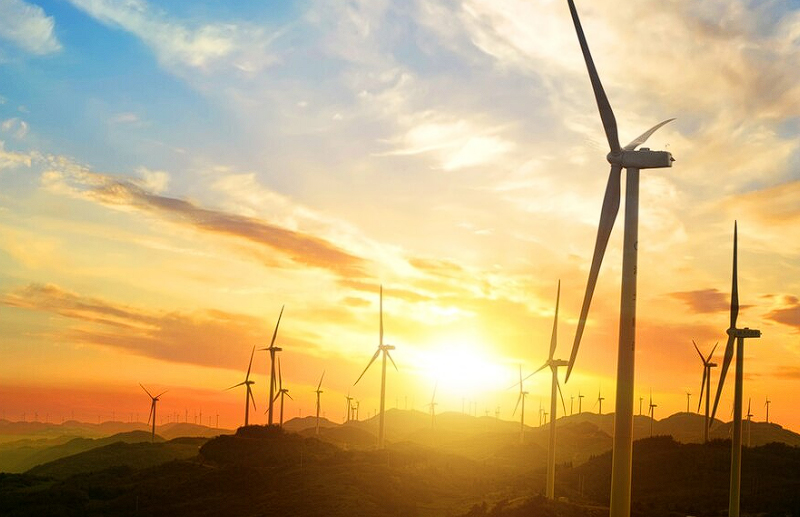
In this blog, we have highlighted 12 drivers of energy demand: population growth, urbanization, migration (from rural to city areas), economic development, increased living standards, technological advancements, transportation and transportation conversion, e-commerce, global climate change (warming), and finally Cultural and societal factors. Addressing these challenges requires in our opinion, openness to more forms of technology than solar, wind, and hydro. These other forms must allow massive volumes of energy production in limited space, without the volatility or intermittence of renewable energy sources, and the avoidance of preferring one technology over another. Batteries made of lithium, or any other mineral require enormous amounts of energy to be produced and have an uncertain end-of-life recyclability. As a matter of fact, the only principle that should prevail is “the cero CO2 emission” at the electricity production source. Measuring ex-ante, the CO2 emissions of manufacturing any form of electricity production or storage simply back-spills as a comparison mechanism. What matters is that we can fulfil our electricity demands at no further risk to our planet, nature, and humankind.
So lets delve into these factors, and remember to give us your observations at the end.
The global demand for energy has been on a relentless rise for decades, and this trend shows no signs of abating. From powering homes and businesses to fuelling transportation and industry, energy is the lifeblood of modern civilization. Understanding the reasons behind this insatiable appetite for energy requires a multifaceted analysis that delves into economic, demographic, technological, and cultural factors.
One of the primary drivers of escalating energy demand is population growth. As the global population continues to expand, particularly in developing regions, the need for energy to support basic human activities such as cooking, heating, and lighting increases exponentially. Moreover, urbanization is a parallel trend accompanying population growth, with more people migrating from rural areas to cities in search of better opportunities. Urban centers consume significantly more energy per capita due to higher concentrations of infrastructure, transportation networks, and industrial activity.
Economic development is another pivotal factor contributing to rising energy demand. As nations strive for economic growth and prosperity, there is a corresponding surge in energy consumption to power industries, manufacturing processes, and commercial activities. Emerging economies, in particular, are experiencing rapid industrialization and urbanization, driving up their energy requirements. Moreover, rising living standards lead to increased ownership of energy-intensive appliances and gadgets, further amplifying energy demand.
The evolving nature of technology also plays a significant role in fueling energy demand. Technological advancements have led to the proliferation of energy-intensive devices and systems across various sectors. The digital revolution, for instance, has spawned an array of electronic devices, data centers, and communication networks that rely heavily on electricity. Additionally, industries such as transportation and aviation are continuously developing more energy-efficient but nonetheless energy-demanding technologies to meet growing mobility needs.
Transportation represents a substantial and growing segment of energy consumption worldwide. As populations grow and economies expand, the demand for personal vehicles, freight transport, and air travel escalates. Despite efforts to improve fuel efficiency and promote alternative fuels, the sheer volume of transportation activity drives up overall energy demand. The conversion rate and volume of diesel and gas fired vehicles for electrical ones is perhaps one of the biggest contributors to an enormous growth on electricity demand. Additionally, the rise of e-commerce and global supply chains has led to increased freight movements, further straining energy resources. The latter is an awkward consequence of emptying brick and mortar stores where people would drive to buy, for online shopping where people buy more because its more accessible and easier to buy and where more transportation is required in the complete logistics process to move the product from the factory to the end consumer.
Climate change and environmental concerns present a paradoxical challenge to the issue of energy demand. While there is a growing consensus on the need to transition to cleaner and more sustainable energy sources, the process of decarbonizing the economy often entails increased energy consumption in the short term. For instance, renewable energy technologies such as solar panels and wind turbines require significant upfront energy investments for manufacturing and installation. Moreover, as nations phase out fossil fuels in favour of renewables, there may be a temporary surge in energy demand during the transition period. In the same weather changes will affect the demand for cooling: the higher the temperatures, the more the cooling required. Global warming will have an impact in energy demand which cannot even be dimensioned.
Cultural and societal factors also influence energy demand patterns. Lifestyle choices, consumer behaviour, and societal norms shape the way energy is utilized in everyday life. In affluent societies, for example, there is a cultural preference for larger homes, multiple vehicles, and energy-intensive amenities such as air conditioning and electronic gadgets. Similarly, cultural practices and traditions influence energy consumption patterns, such as the use of traditional cooking methods in certain regions.
In conclusion, the relentless growth in energy demand is driven by a complex interplay of demographic, economic, technological, cultural, and derived global factors. Addressing this challenge requires a holistic approach that combines energy efficiency measures, technological innovation, sustainable urban planning, and behavioural change initiatives. Only by understanding and addressing the root causes of escalating energy demand can society hope to achieve a sustainable and equitable energy future.
